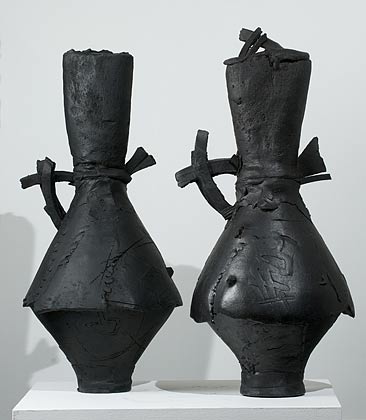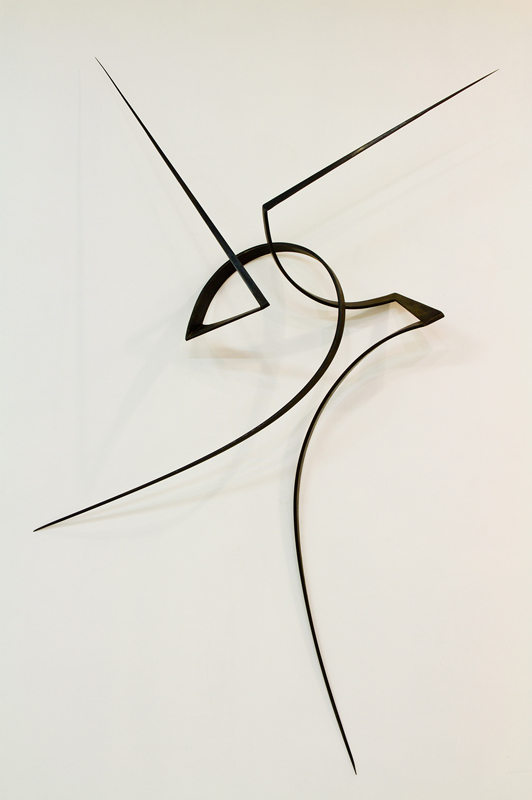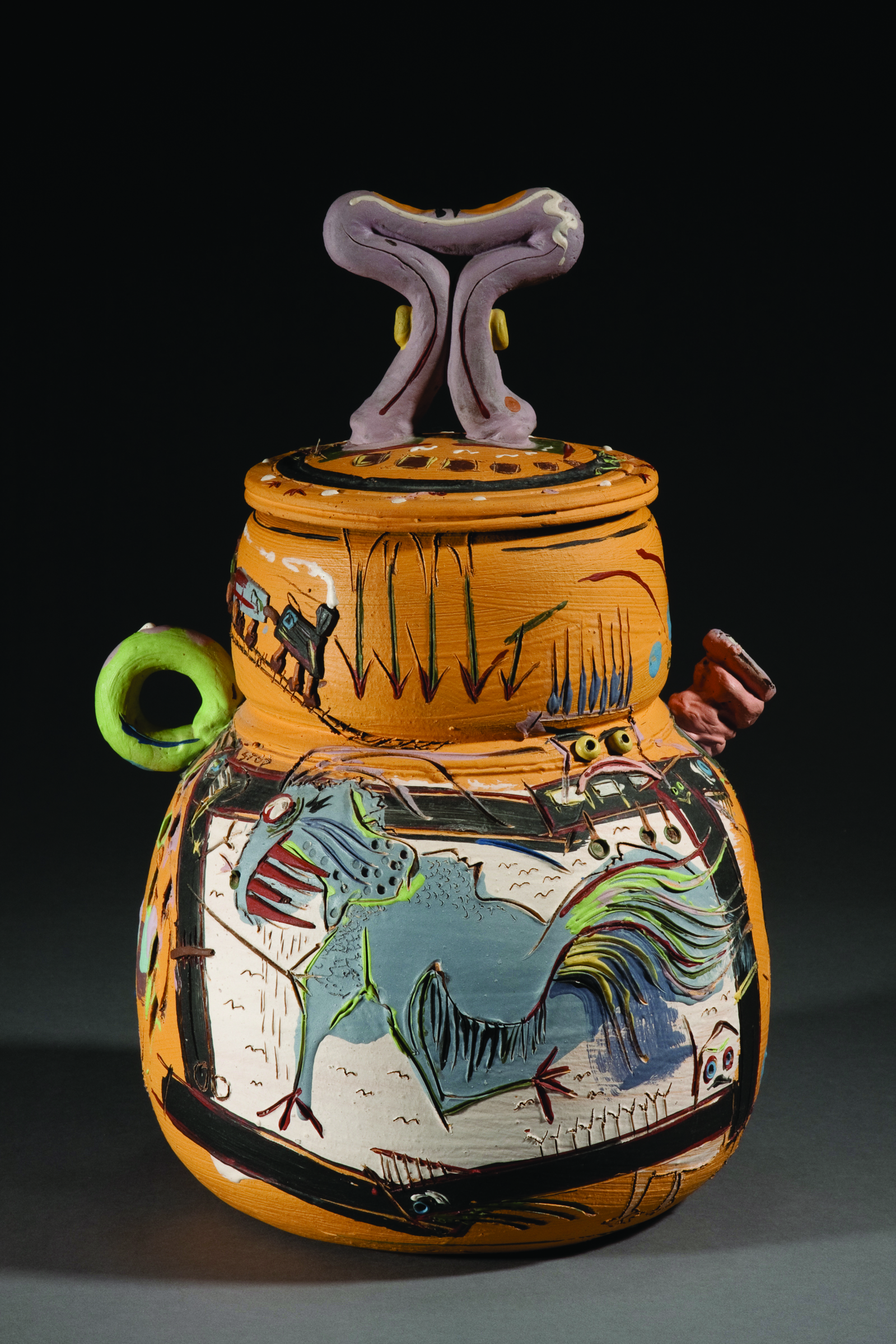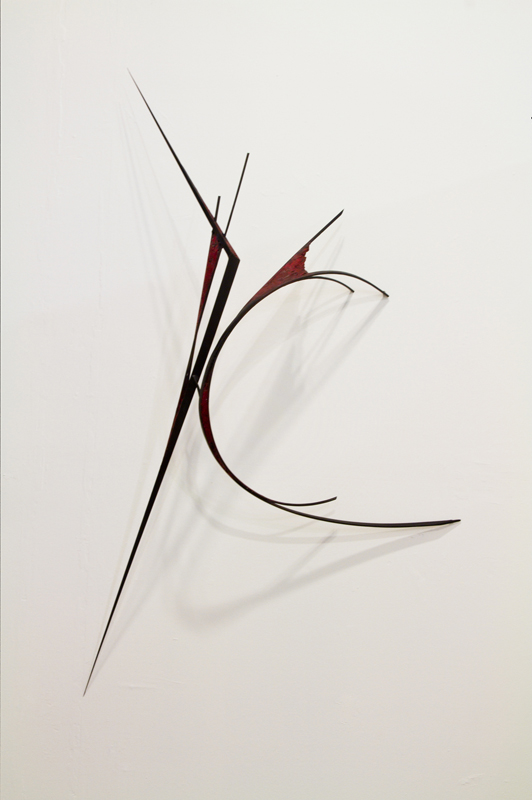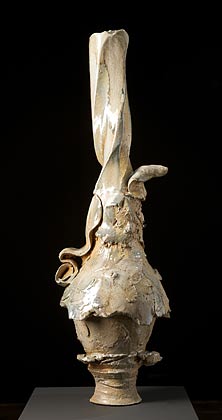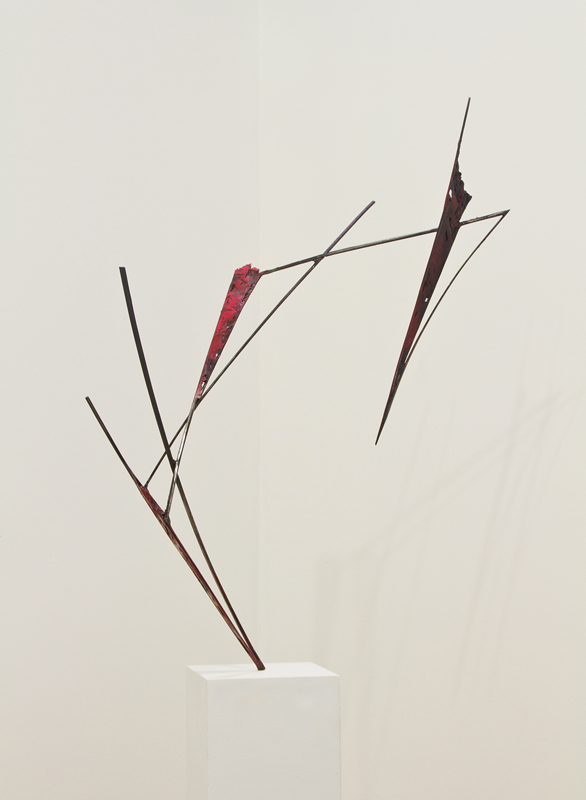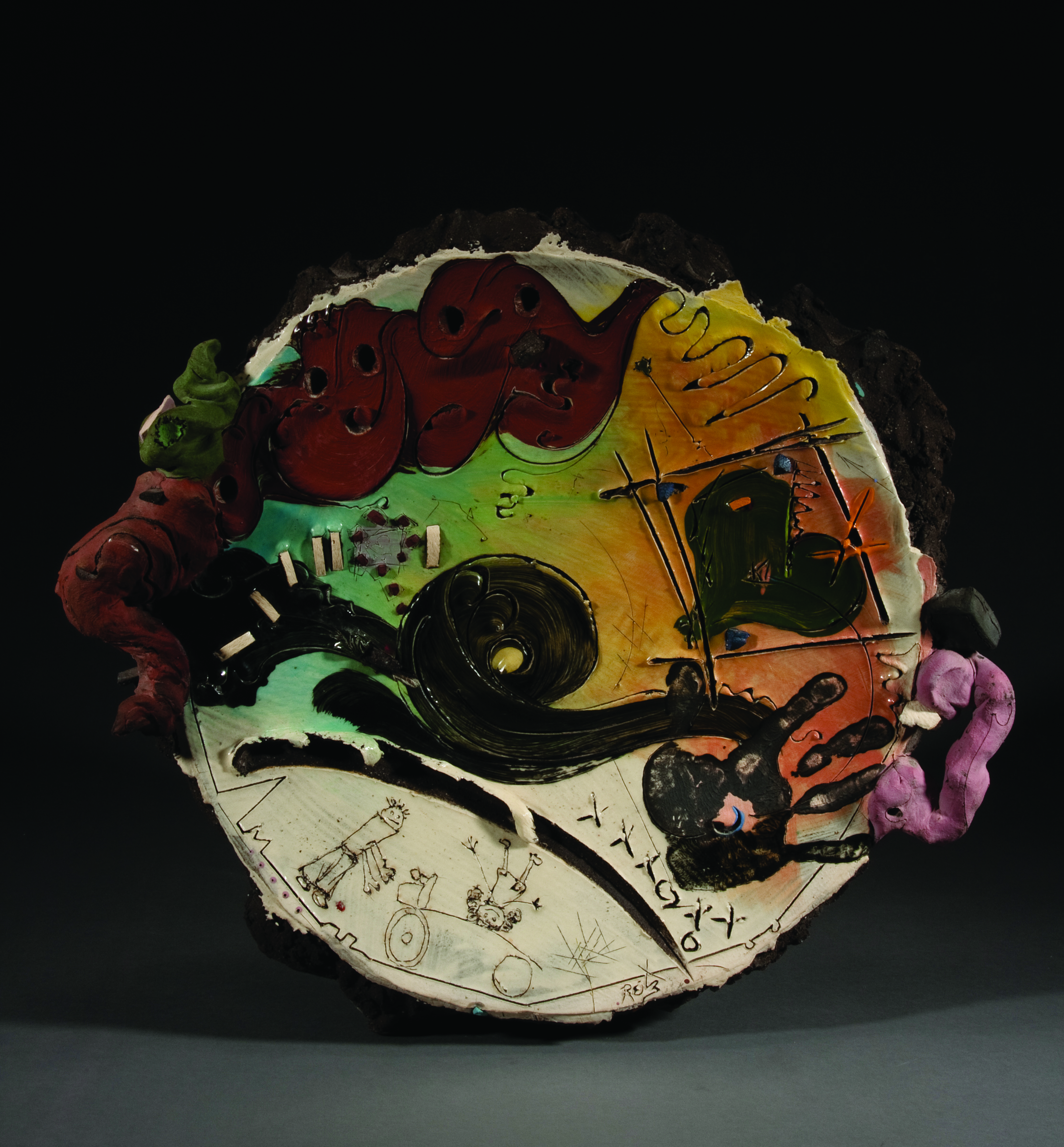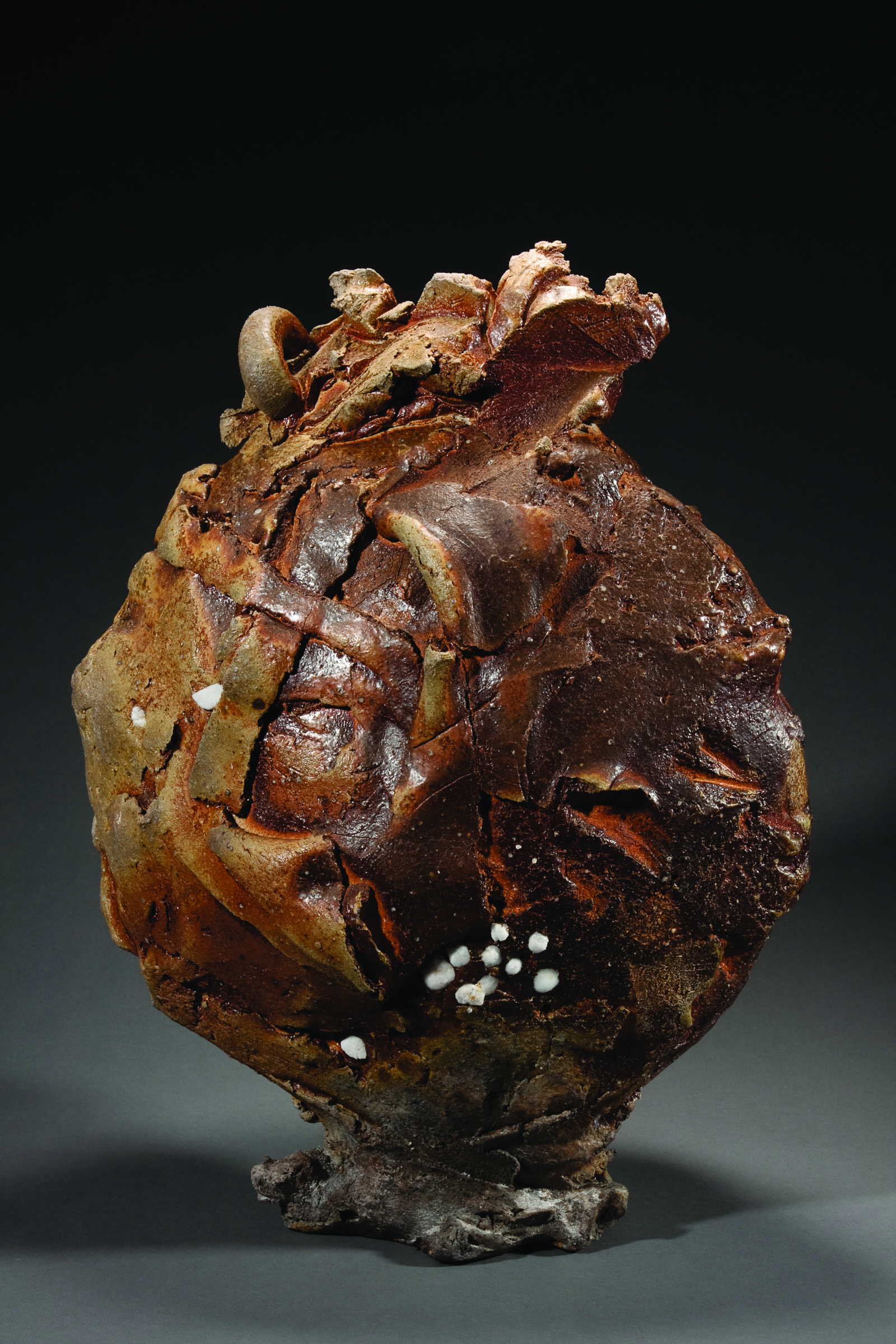Don Reitz & Marko Kratohvil
April 12th - june 1st
This exhibition was comprised of a retrospective selection of works by well-known American ceramicist Don Reitz, sponsored by the John and Maxine Belger Family Foundation and on a loan from the Belger Art Center in Kansas City, along with abstract sculptures and study drawings by internationally recognized artist Marko Kratohvil.
Don Reitz
As one of the most influential ceramicists of the contemporary art world, Don Reitz’s works in clay truly attest to the versatility of this widely under-appreciated art form. Often credited with reviving the technique of salt firing, a process that creates unique and unpredictable coloring and texture on the surface of ceramics, Don’s organic and gestural forms elevate his works to the level of contemporary sculpture. Since beginning his career in the 1950’s, Reitz’s relationship with the medium has been one of mutual growth as his forms and surfaces develop in accordance with his personal life changes and experiences. Currently living and working in Arizona, Reitz’s work can be seen in some of the most celebrated collections in the United States including the Museum of Fine Art, Boston, Los Angeles County Museum of Art, and the Smithsonian Institution.
Marko Kratohvil
After living and working in the United Kingdom for almost two decades, Kratohvil, originally from Belgrade, former Yugoslavia, recently relocated to Oklahoma City. His work can be found in numerous corporate and private collections around the world and he is a member of the Royal Society of British Sculptors.
Describing his work, Kratohvil states, “I am fascinated with the presence of the extremes. The architecture of my experience changed here. The sculptures and drawings that will be in the exhibit at Untitled this spring are a selection of works from this period and while they are current continuations of my long-term creative process, they also reflect on the new inner and outer landscapes in which they are produced. My intention is to articulate those fields of our experience that remain before or after verbalization. I invite visitors to the exhibition not to read into my work, but to look at it.


